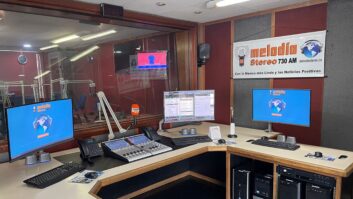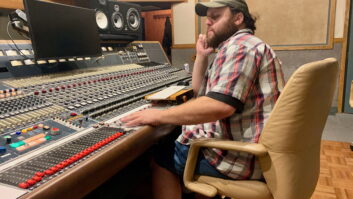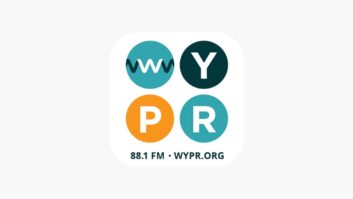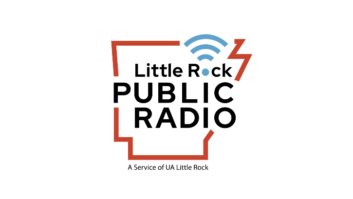Factory-made radio transmitters in the 1920s were expensive, so only the largest or best-financed radio stations could afford one. Most of the country’s radio stations just bought the parts and built their own rigs.
(In 1923, only 40 out of almost 600 radio stations in the country had factory-built units, all of them made by Western Electric.)
(click thumbnail)

At that time there was nothing like today’s FCC type notification process. Instead, a station would call the local government radio inspector, who would visit the station, make some measurements and certify the transmitter. Even with that safeguard, the mechanical and electrical quality of these early rigs varied greatly.
Here we see a good view of an early home-brew rig at WFBE in Cincinnati.
In 1927, WFBE was listed as operating with 250 watts from the Garfield Hotel. We see the power supply in the left-hand cabinet, with its light-switch controls, and the RF section on the right. The tubes probably are RCA UV-204As (for more on those, see home.comcast.net/~n6jv/uv204a.html).
The cabinet appears to be a metal frame with wooden panels, and the front and sides are left open to provide for excellent convection cooling. A “Warning” sign serves as the only safety protection for the operator (OSHA would certainly not approve!).
Even so, this was probably one of the neater construction efforts from radio’s first decade. It’s similar in appearance to a Loy Barton transmitter seen in a Radio World article by James O’Neal in the Feb. 1 issue.
The use of so many homemade transmitters created some heated disputes during radio’s early years.
Before 1926, AT&T’s Western Electric was the only commercial manufacturer of broadcast transmitters, as it held the patents for many of the basic circuits that were needed to build a broadcast transmitter, including oscillators, modulators and even the vacuum tubes themselves. In short, most radio stations in the country were in violation of their patents by building and using their own transmitters without AT&T’s permission.
In 1923, AT&T sent letters to the “infringing” stations offering to license their patents for a one-time fee of from $500 to $3,000 per station, depending on the station’s power. However during the next year, only 40 stations acquiesced to paying the fee. The main cause of the stations’ resistance was a clause in the contract prohibiting the stations from broadcasting programs for profit (in other words, selling advertising). AT&T went so far as to refuse to lease broadcast phone lines to stations that didn’t sign the agreement.
Finally, as a test case, the company brought suit against WHN in New York. The case eventually was settled out of court by the station, which conceded to all the company’s terms, but the case had been such a public relations disaster for AT&T that afterwards they quietly forgot about the patent license issue.
Eventually, as the fundamental patents expired and more manufacturers were allowed to enter the transmitter business in the 1930s, factory-made transmitters became the rule rather than the exception.
John Schneider is a lifetime radio history researcher. This is one in a series of photo features from his collection. Write him at [email protected]. Comment to [email protected].







